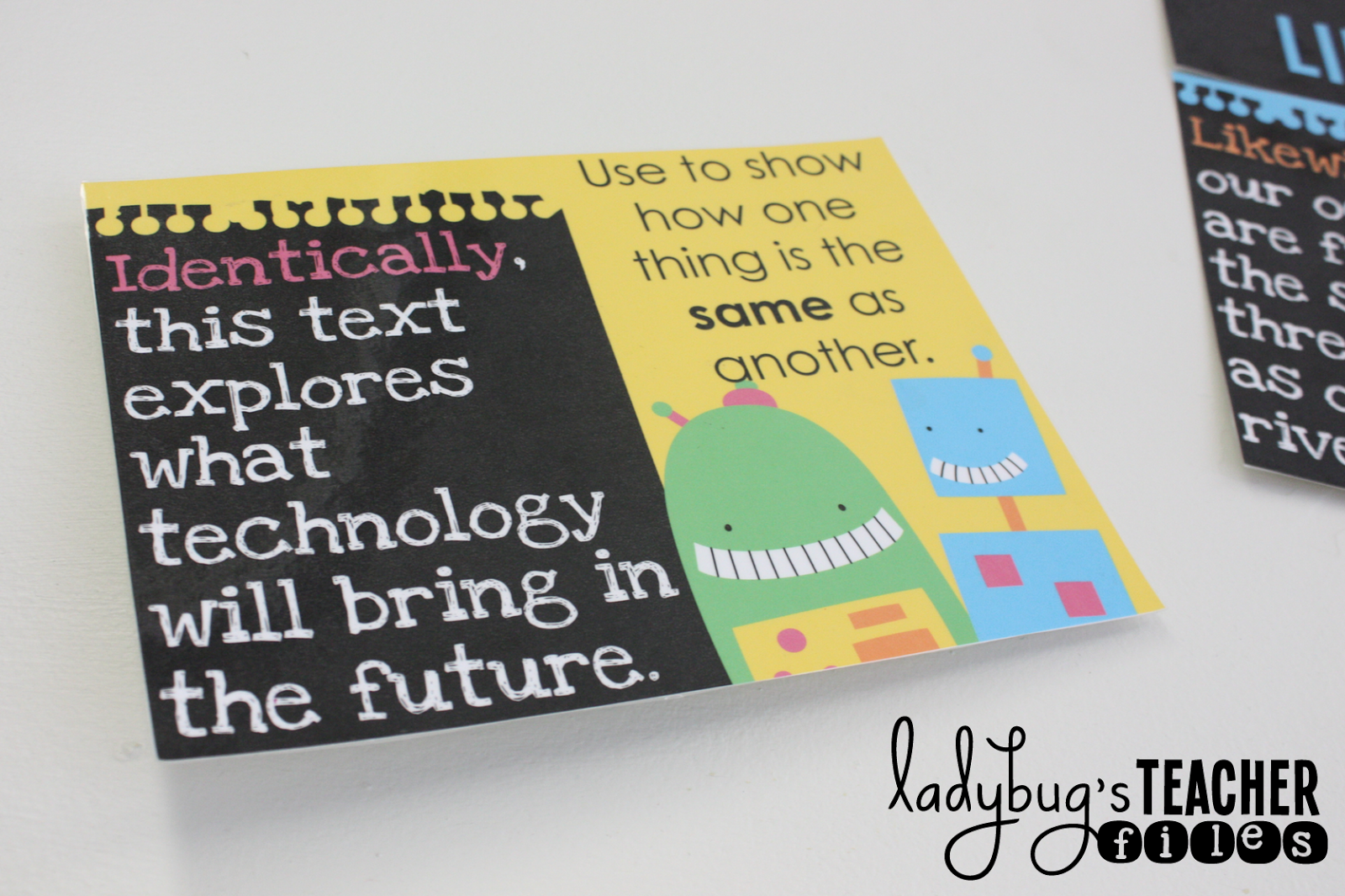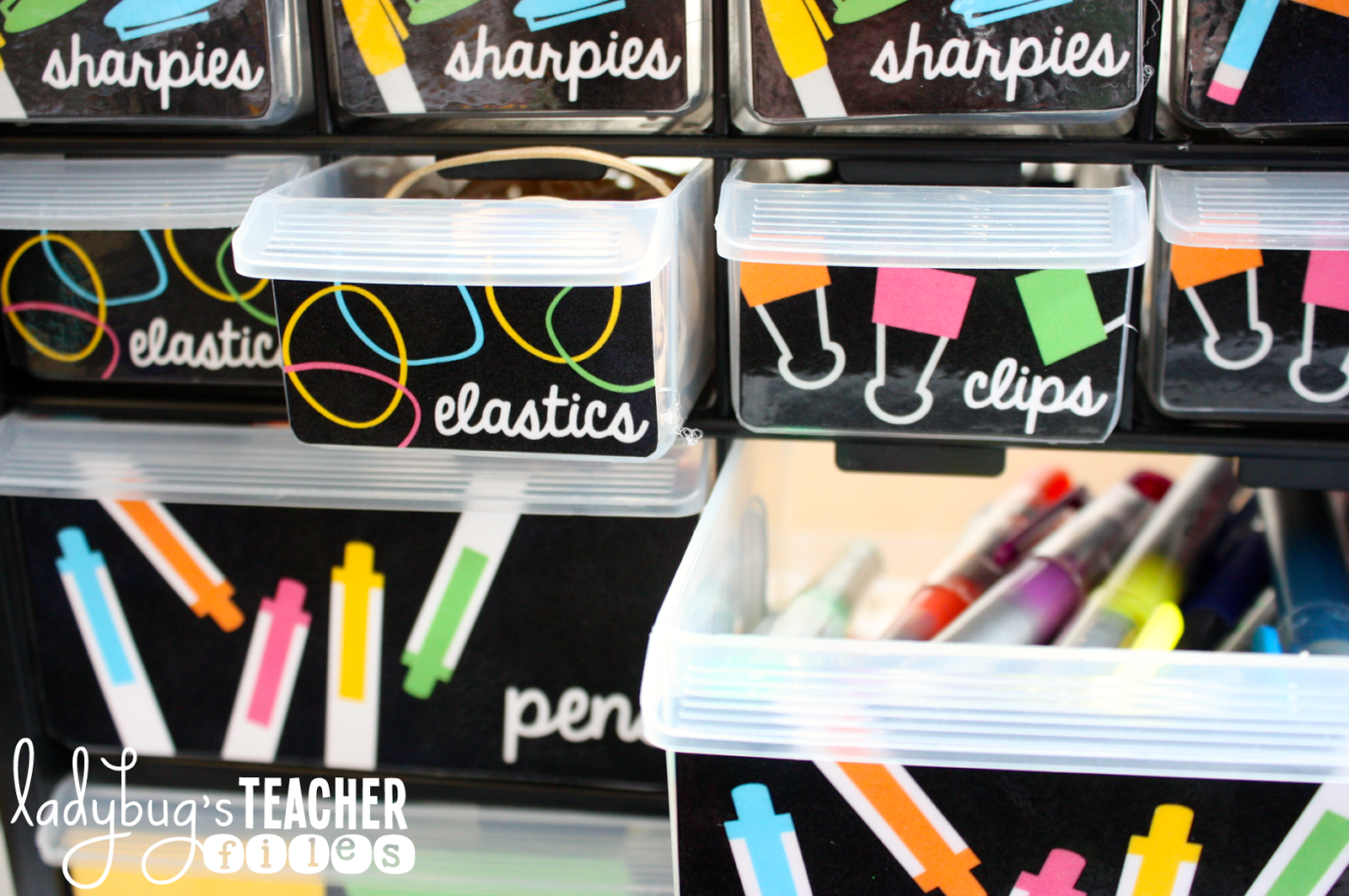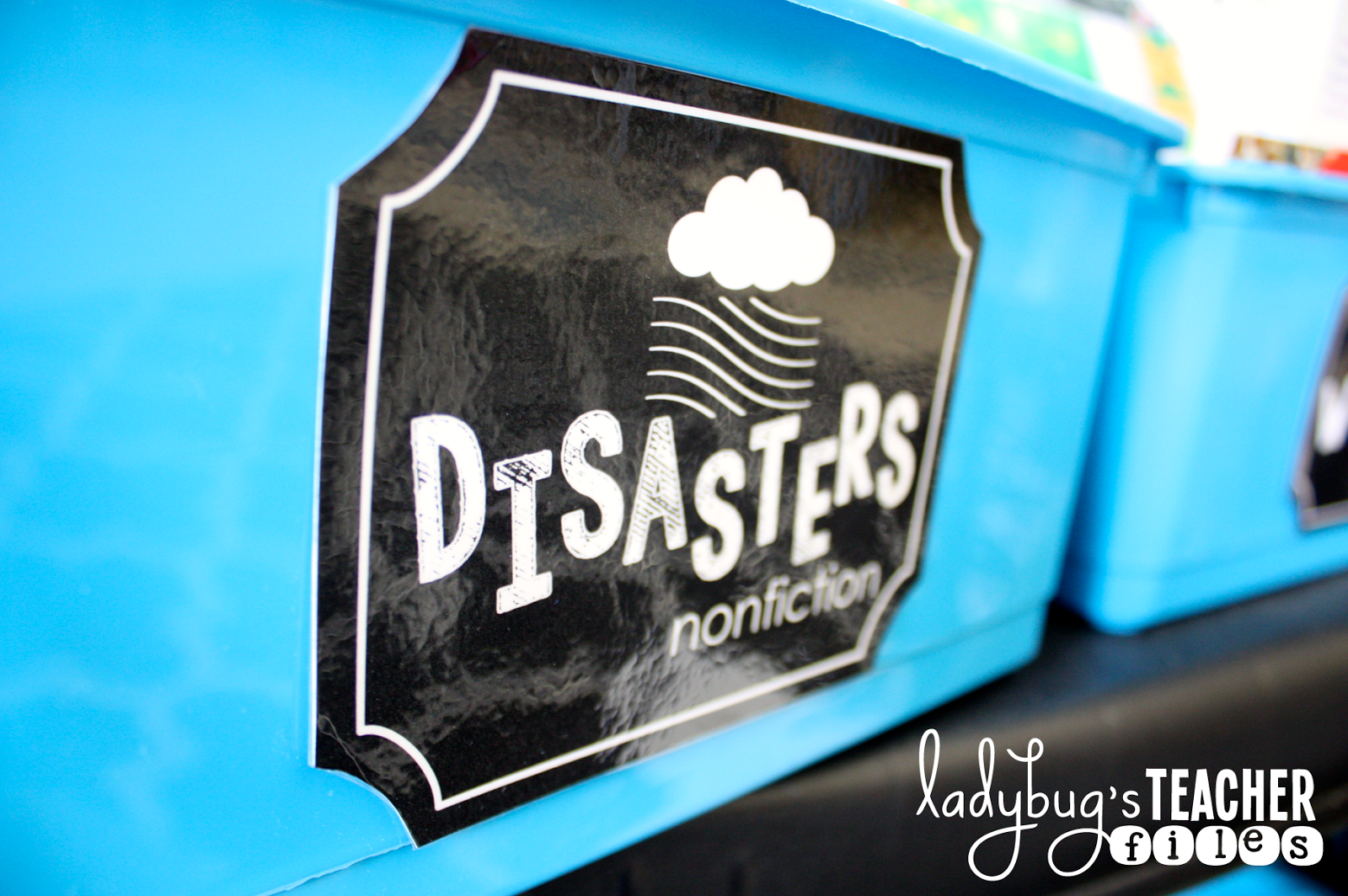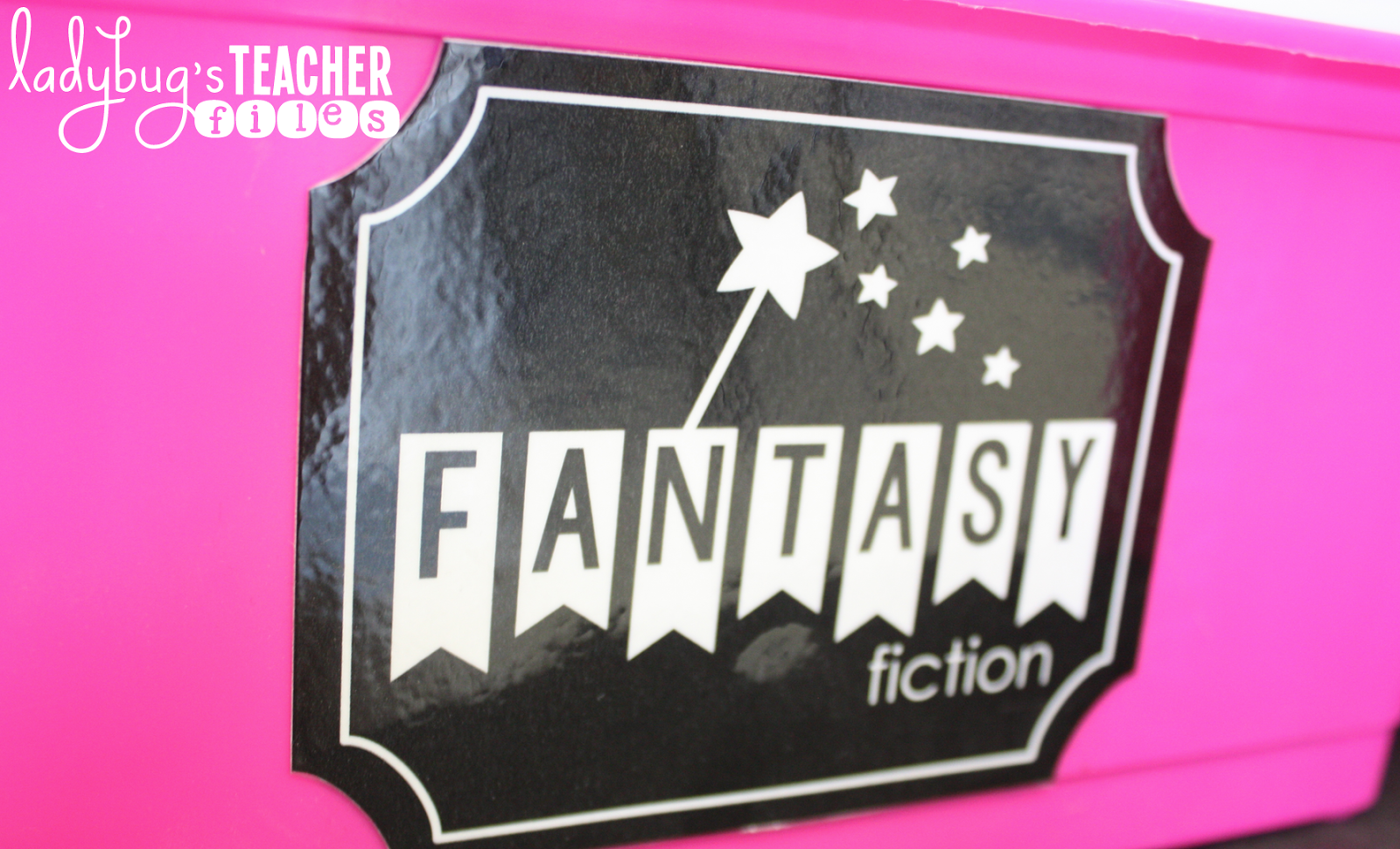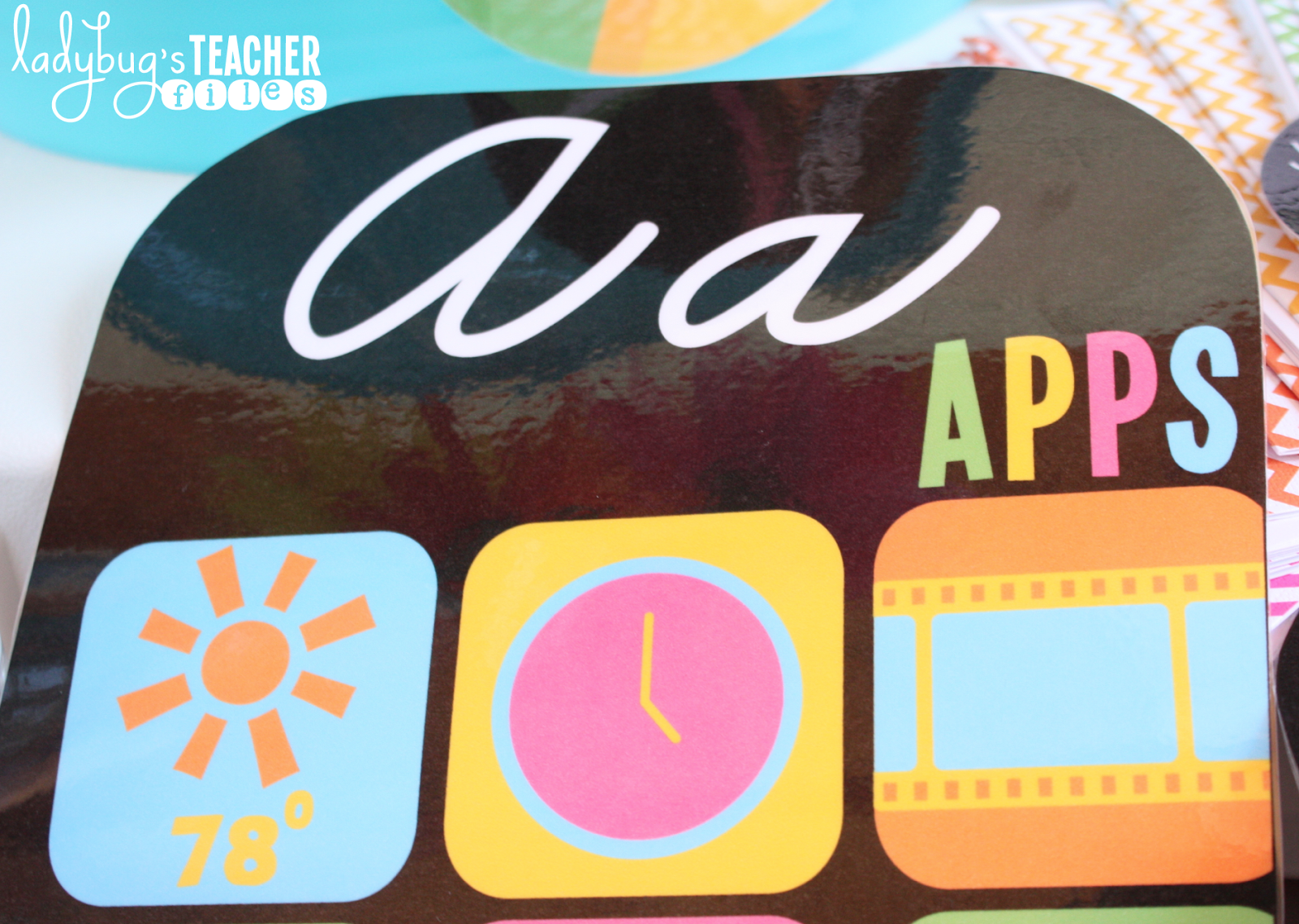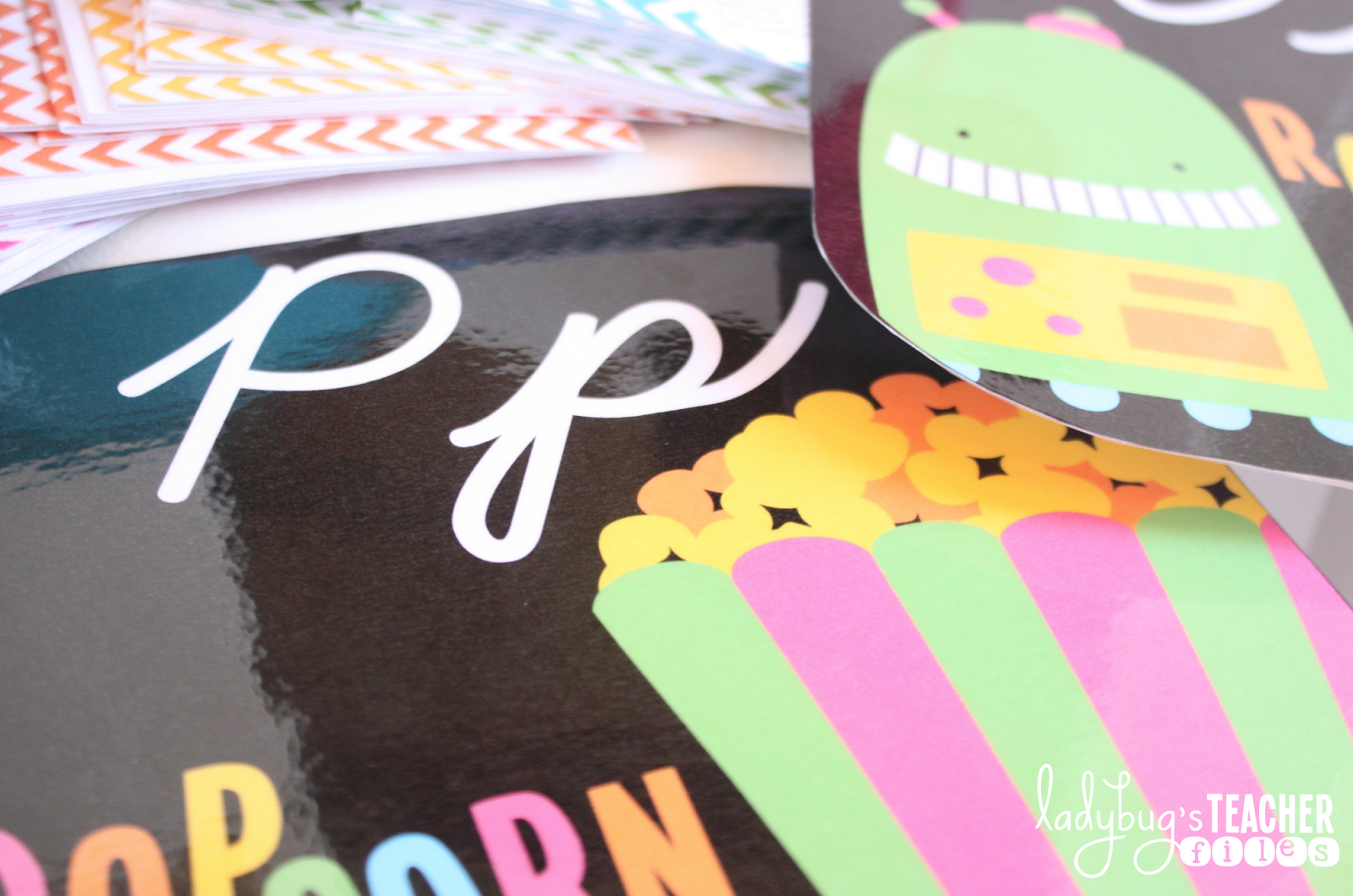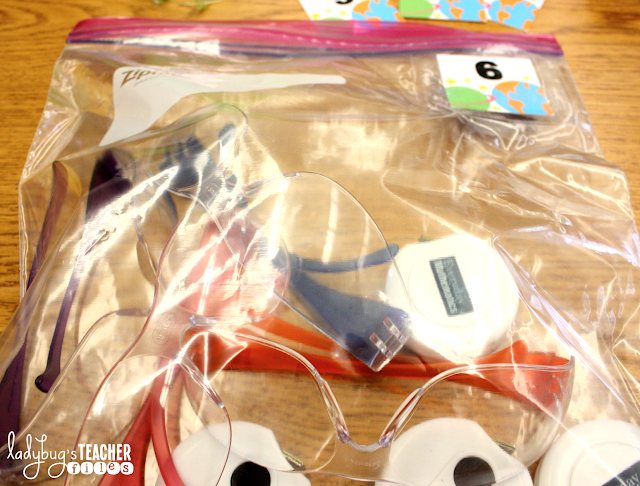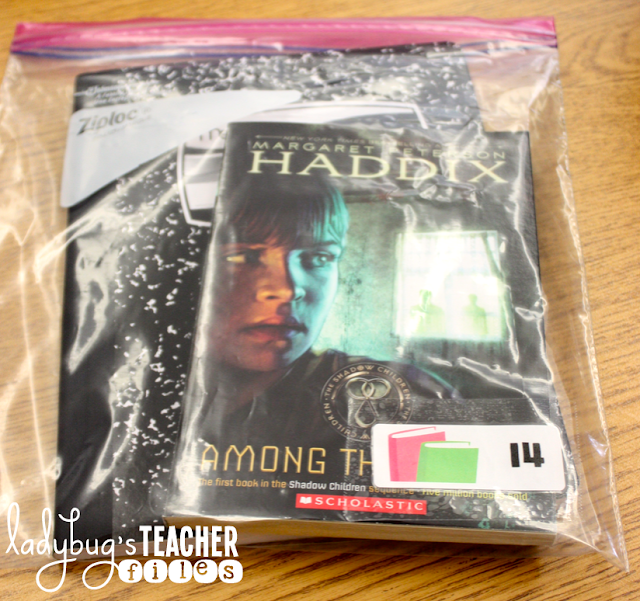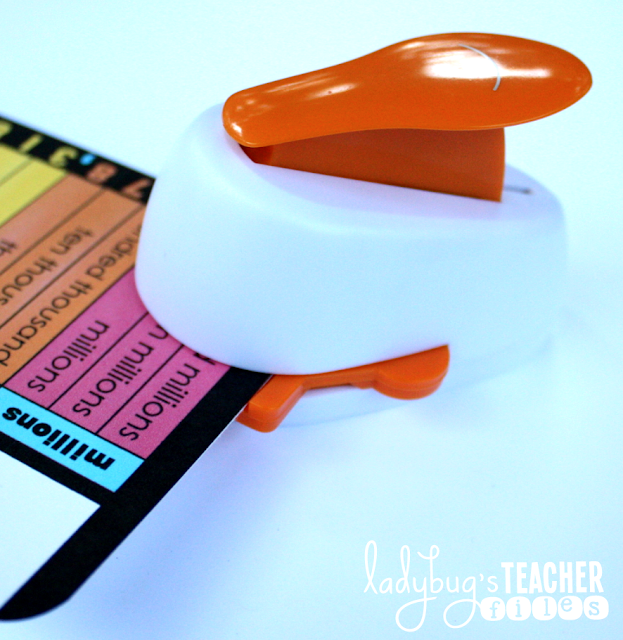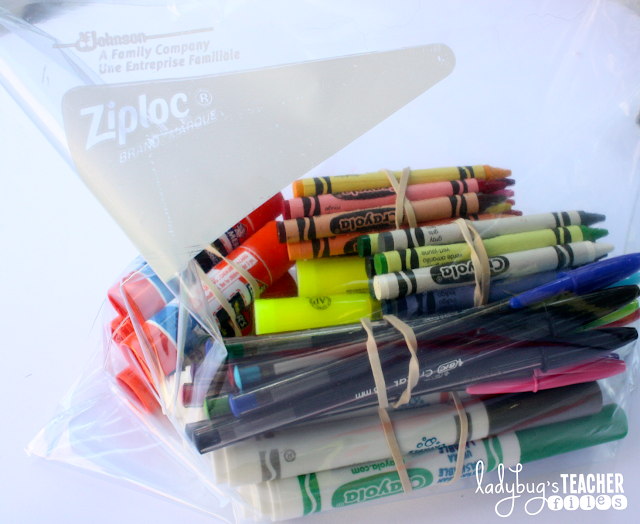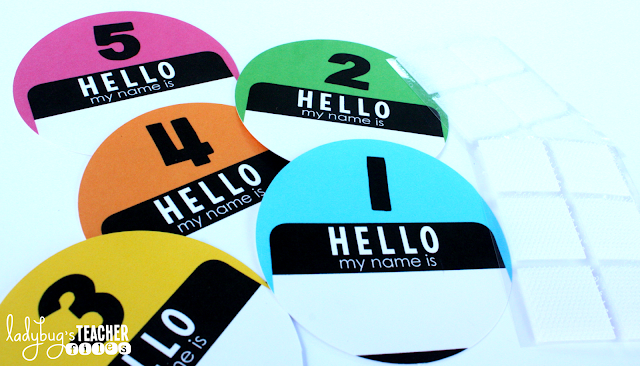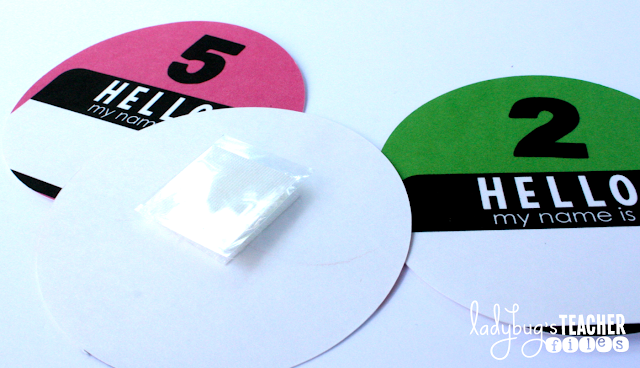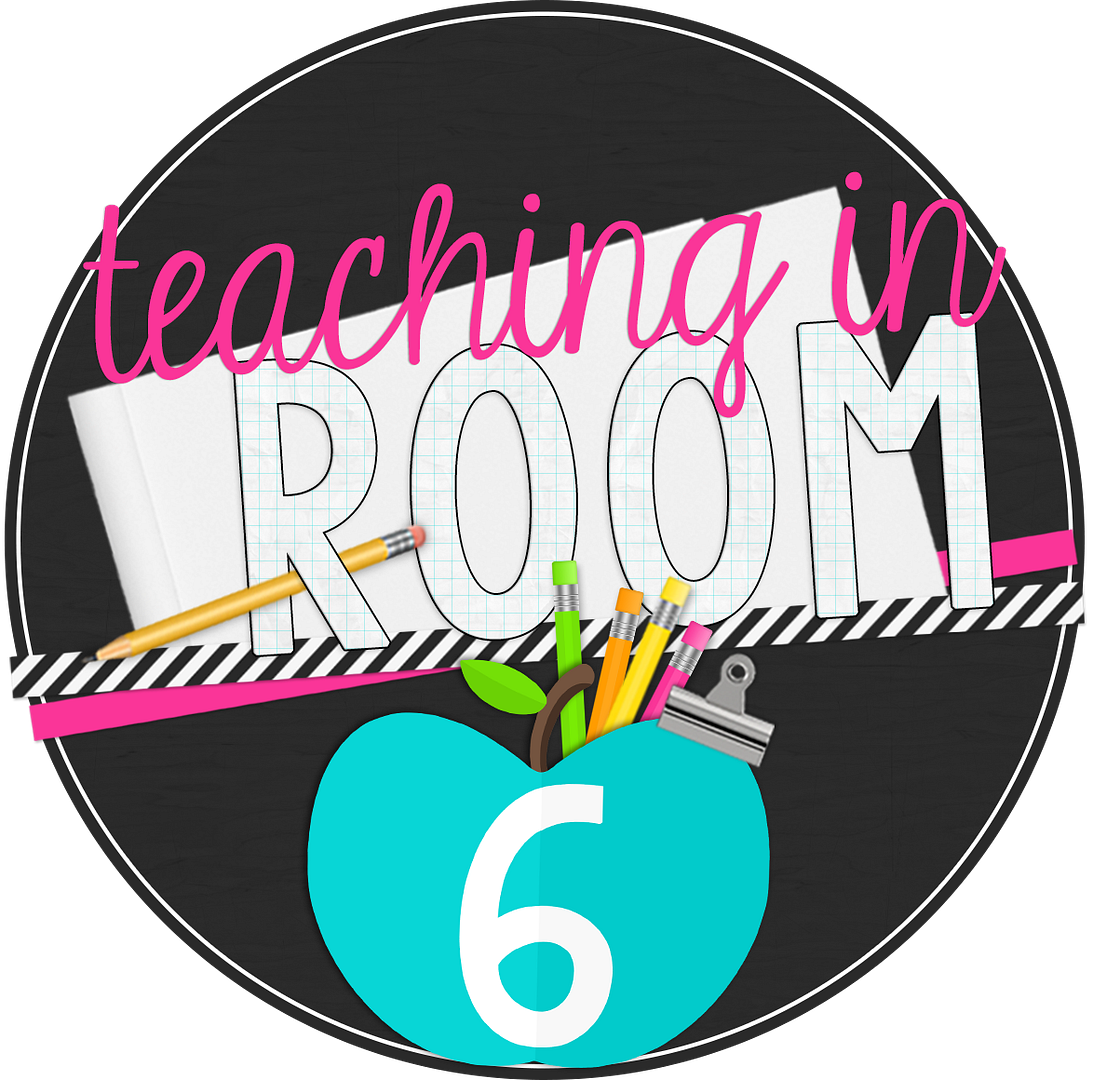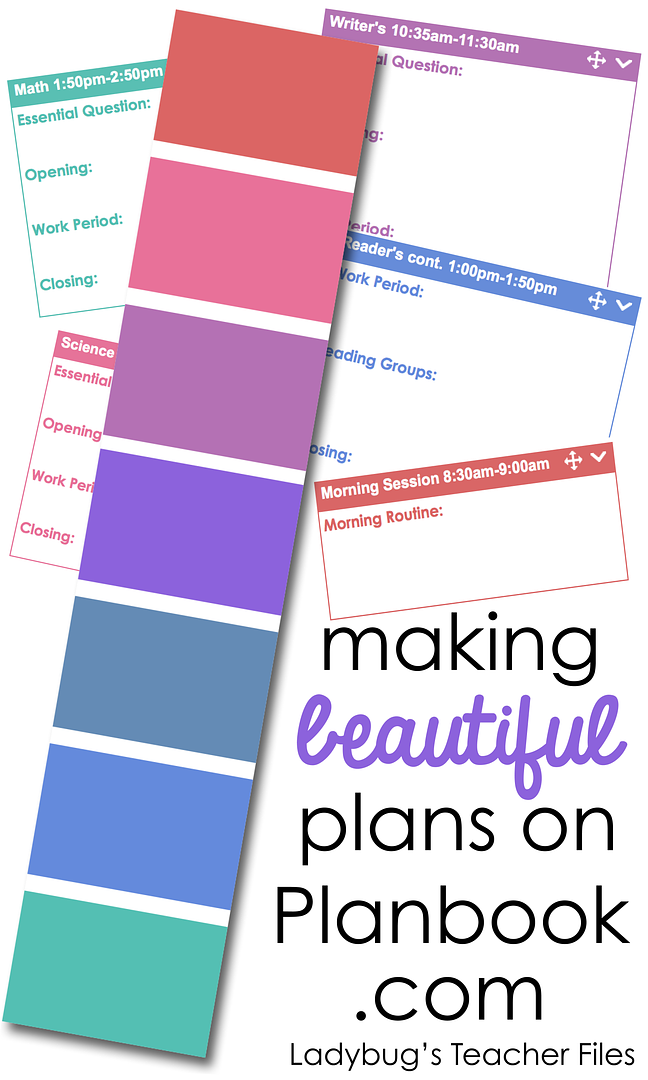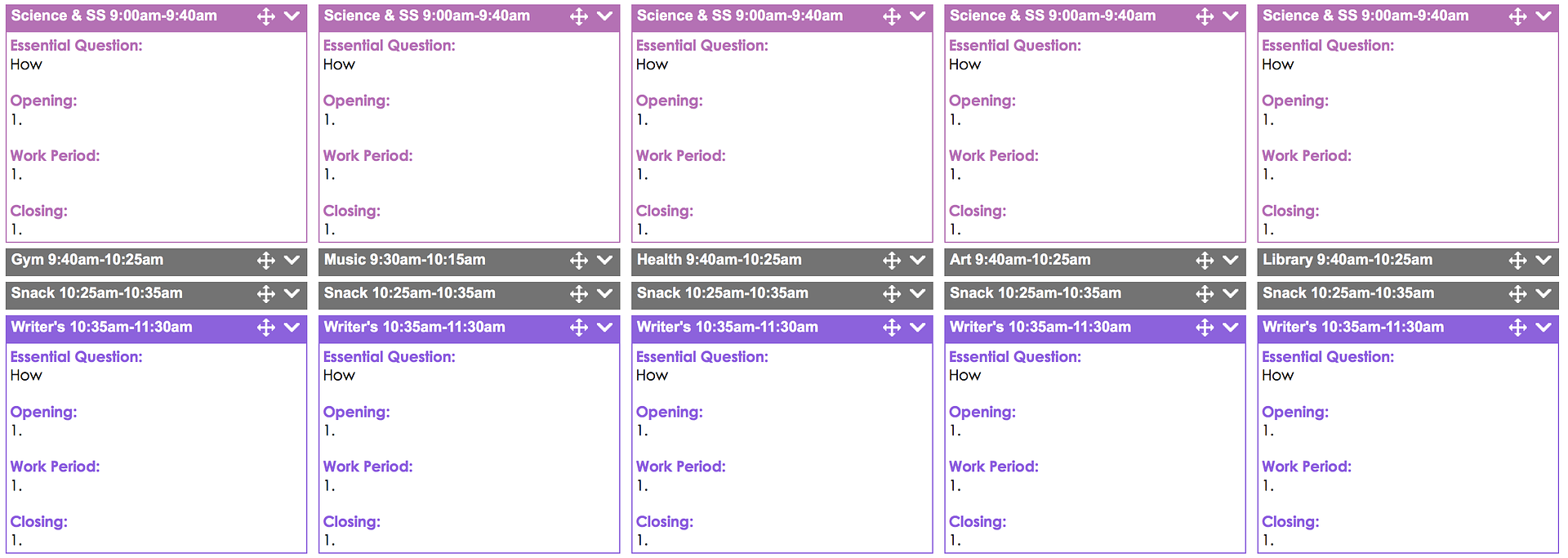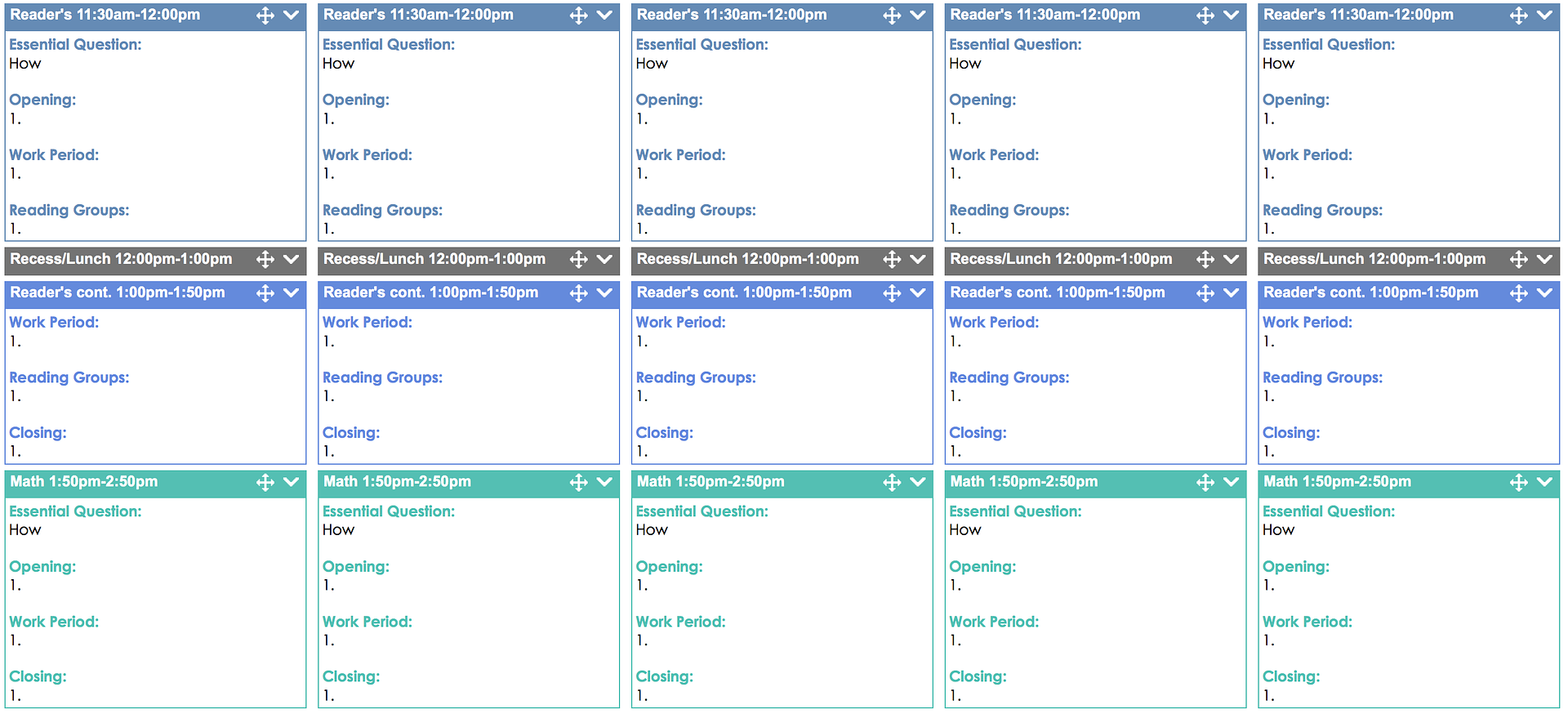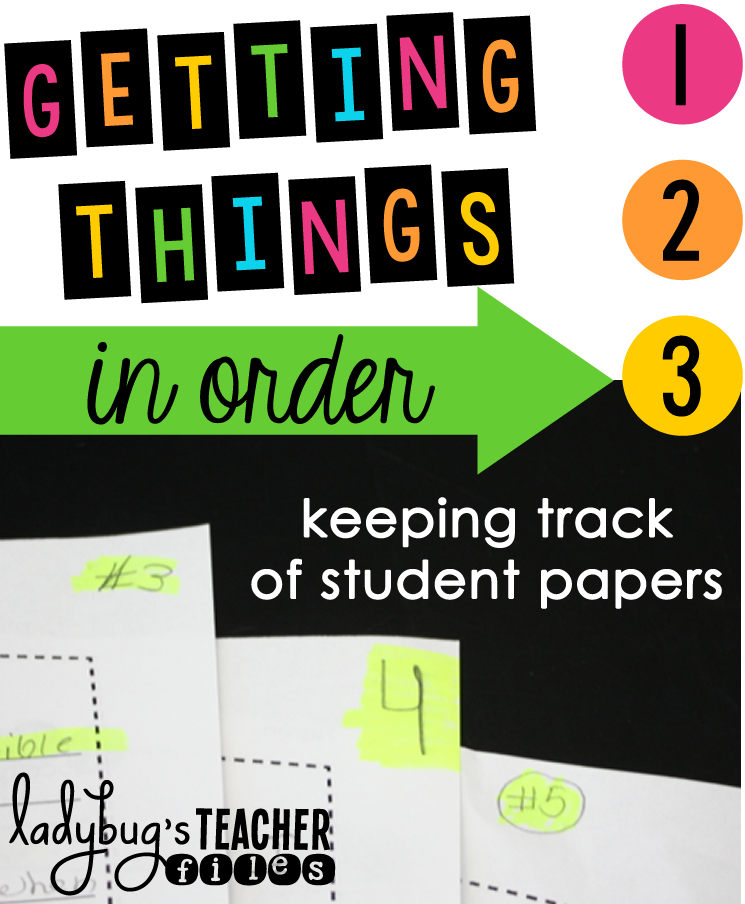I have attempted to get math rotations going in my 5th grade class for years now. I tried different acronyms and setups, but I could never remain committed to them.
It all felt too rushed...the students would settle into an activity and then it would be time to move on again. Those who needed more time had to abandon a task. Others who were ready to move on turned to socializing instead (!) and it just didn't feel like the best use of time.
This year, I was determined to implement rotations with success in my classroom. As it turned out, I just had to make one simple adjustment to make rotations work for our class...
I took away timed rotations and assigned groups.
No more did I mandate when my students would move from rotation to rotation. In fact, they were given choice as to which rotation they would visit (after completing their independent work). When the work at a particular rotation was complete, they would move naturally to the next.
And though it sounds very simple, it has made all the difference in managing rotations this year.
So I wanted to share the way we work through our math rotations, in case it is something that would work well for your class (and teaching style).
An Overview of Math TIME
Math TIME features four rotations: Technology, Independence, Making Meaning, and Extension. These rotations are explained in detail later in this post.
Some rotations must be completed daily (Technology and Independence). Other rotations are due by the end of the week (Making Meaning and Extension). All due dates are shown with a simple icon on each rotation board:
I also use number icons to show how many students can work on a particular activity (usually the M rotation will call for groups of students):
Bins with coordinating icons and letters are used to store rotation materials:
As well as our paper trays, to turn in assignments as they are completed:
Our Math Block
We go through rotations most days of the week. There are times when we work as a whole group during our math block on a project, review session, or an exploratory activity. However, I am finding it increasingly easier to just incorporate those types of activities into our rotations.
Our math schedule is as follows:
1:30-1:50 Mini-Lesson
1:50-2:10 Group One
2:10-2:30 Group Two
2:30-2:50 Group Three
These groups are the ones I meet with, while the rest of the class is going through the rotations. The groups change as we begin new units, or as I find concepts my students need to review.
These group DO NOT necessarily travel together through the rotations. They are only grouped for instruction with me.
This allows my students to move naturally through the rotations, which are as follows...
T: Technology
The technology rotation always includes an
XtraMath session. We take monthly fact fluency assessments in our district, so this daily fact practice is extremely important...and of course fact fluency is crucial anyhow!
When my students get close to mastering a particular operation in XtraMath, they begin to track their progress and narrow down the facts they need to work on to increase their fluency.
I have one bin for technology:
The technology bin has data tracking papers for all operations, as well as blank index cards:
Once students have finished their XtraMath session, they stop on the final progress screen:
They use a green marker to quickly check off the facts they know on the corresponding tracking sheet:
For the facts they still haven't mastered, students grab an index card and record the problem on one side:
And the answer on the other:
Students can then use these cards to practice those remaining facts in a particular operation.
The technology rotation can include other websites as well. We visit
Study Jams, interactive games for various concepts, and
Front Row (an INCREDIBLE free website that also tracks student progress).
I: Independence
Like many other rotations out there, our math TIME includes an independent work component. This is usually a page from our math workbook (we are using My Math this year):
(these are our extra copies of workbooks, my students store their books in their
number drawers)
Since the workbook page is just a basic skill set on the lesson we covered, most students are able to work on this with no problem. If I know a particular group will need more support on this page, I pull that group first. Once students are finished with their workbook pages, they turn them in at the corresponding paper tray:
M: Making Meaning
The rotations for M provide a chance for my students to show their understanding of concepts. These activities can involve manipulatives, games, task cards...any activities that will give my students a chance to practice their learning.
I have more bins for M than any of the others. They are filled with a variety of activities for 2, 3, or 4 students:
Most recently we have been working on the
Equivalent Fractions Math Tiles, but there are many other options in this series. The students must solve the math on the page, using digits 0-9. It is the PERFECT thought-provoking, self-checking activity for math rotations!
I slip the sheets into page protectors and keep the number tiles (I purchased those on
Amazon) in sandwich baggies:
The M bins are so easy to set up! I keep the activities in them for at least a week...sometimes longer for more popular activities, or ones that require more time.
E: Extension
This is probably my favorite of all the rotations. Each week, I choose two menu items for my students to complete by Friday. They, of course, love having the choice. I love finding activities that are challenging, ones that require them to demonstrate their understanding.
Our menu choices often come from
Math Reflection Fans, an
EXCELLENT resource created by
Runde's Room. Jen makes it so easy to find engaging, high-level activities for the students!
I select the menu items and type them up in a graphic organizer that is a combination rubric/rotation tracker for student accountability:
This is something newer I have recently added to our rotation work. My students record the assignments for the day/week. Then they check the rotations off as they are completed.
They select a menu option to complete by Friday:
And I use the rubric and comments section when grading the extension activity:
I keep these math menus in the E bin and students get them as they are ready to begin working on this rotation. I hole punch the menus ahead of time, so they can be stored in my
students' binders:
Once students are finished with this activity, they turn in their work to the corresponding paper tray and staple this rotation/menu sheet to their work:
(this is a quiz one of my students created a few weeks back)
If you would like a copy of the Rotation Sheet, please click the image below (there are editable fields for the options, as well as a second page with an editable rubric):
The Best Things About Math TIME
There are so many things I love about Math TIME, I could go on and on. Here are some of the best parts of our Math TIME:
- We do the same math work we've always done, but it is now student-directed. For example, instead of assisting the whole class during an activity, the students can work on their own while I work with groups who need more support or challenge work.
- Since my students have choice (which we all know they love!) they are completely engaged. This makes it much easier to take my small groups for instruction, as all other students are focused and on task.
- The responsibility is ideal for upper-elementary students. They learn how to use every moment of our math block because they know they have assignments due today, as well as a long-term assignment or two for the week.
- The rotations provide work for my early finishers. In the morning, any students who finish our daily morning work will often ask to work on a math rotation, especially the extension piece. They are very committed to this work because it is their choice. I love that they are using their extra time to work on math!
- The planning for math is so much easier with rotations. I plan a week's worth of rotation activites. It takes very little time to find engaging activities for each rotation (thanks to Teachers Pay Teachers!) and then I just have to plan my mini-lessons and small group instruction.
This is still my first official year with rotations and I know I have more to learn. But I cannot emphasize enough how much easier it has been to get the work in when my 5th graders are directing their own learning.
If you are interested in trying this rotation model, I do have the Math Rotation Board available in store (please click the image to see more):
I hope this post was of help if you have been rethinking your rotations! And we would love to learn from you...how do you manage math rotations in your classroom?
________________________________________________________________________________________
Do you teach a primary grade? My sister Melissa (
Fashion Craze Learning Days) is a Kindergarten teacher who follows this format of student-directed rotations. She and I have talked incessantly of how well this works in our classrooms, though we teach completely different grade levels! If you'd like to learn more about how she manages centers with student choice in her classroom, please click on the image below:























































